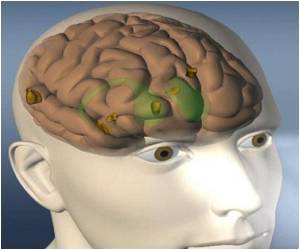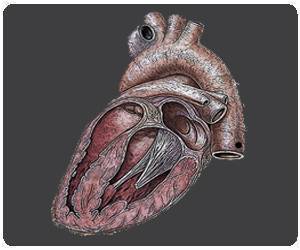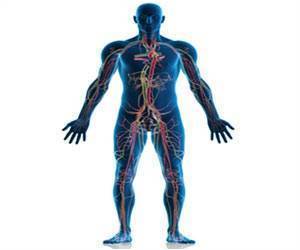A recent study reports affected quality of life in patients who have survived stroke caused due to ruptured aneurysm.

Quality of Life Ten Years after Ruptured Aneurysm The researchers performed a long-term follow-up study in 217 patients who had survived SAH caused by a ruptured aneurysm. Subarachnoid hemorrhage is a life-threatening type of stroke in which there is bleeding into the brain. It most commonly occurs when an aneurysm—a weak spot in one of the blood vessels supplying the brain—ruptures or breaks.
Approximately ten years after treatment for ruptured aneurysm and SAH, the patients completed a questionnaire evaluating key areas of health-related quality of life. Responses were compared with a general population sample of similar age and sex.
The aneurysm survivors were 154 women and 63 men, average age 61 years. Most underwent surgery for treatment for their ruptured aneurysm. At ten years' follow-up, 30 percent rated themselves as "fully recovered."
But compared to the general population, the SAH survivors had increased problems in four out of five dimensions of quality of life: mobility, self-care, usual activities, and anxiety/depression. (The only area that wasn't significantly worse was pain/discomfort.) On a 100-point scale, overall quality of life score averaged 71 for the aneurysm survivors, compared to 78 for the general population group.
Patients who were more disabled after their SAH had lower quality of life scores at follow-up, as did those who rated themselves as less than fully recovered. Patients with other (comorbid) health problems also had more difficulties affecting quality of life.
One recent study suggested that patients may show continued improvement even more than a decade after SAH. Quality of life is increasingly regarded as an important factor affecting patient outcomes.
They believe that patients who have experienced a ruptured aneurysm might benefit from survivorship care plans, similar to those used for long-term cancer survivors. "A survivorship care plan aims to inform the patient of long-term effects, to identify psychosocial resources in their community, and to provide guidance on follow-up care, prevention, and health maintenance," Dr. von Vogelsang and coauthors add. They call for further research on how best to provide follow-up and support for SAH survivors, including studies to explore patients' expectations for recovery.
Source-Eurekalert
 MEDINDIA
MEDINDIA




 Email
Email





